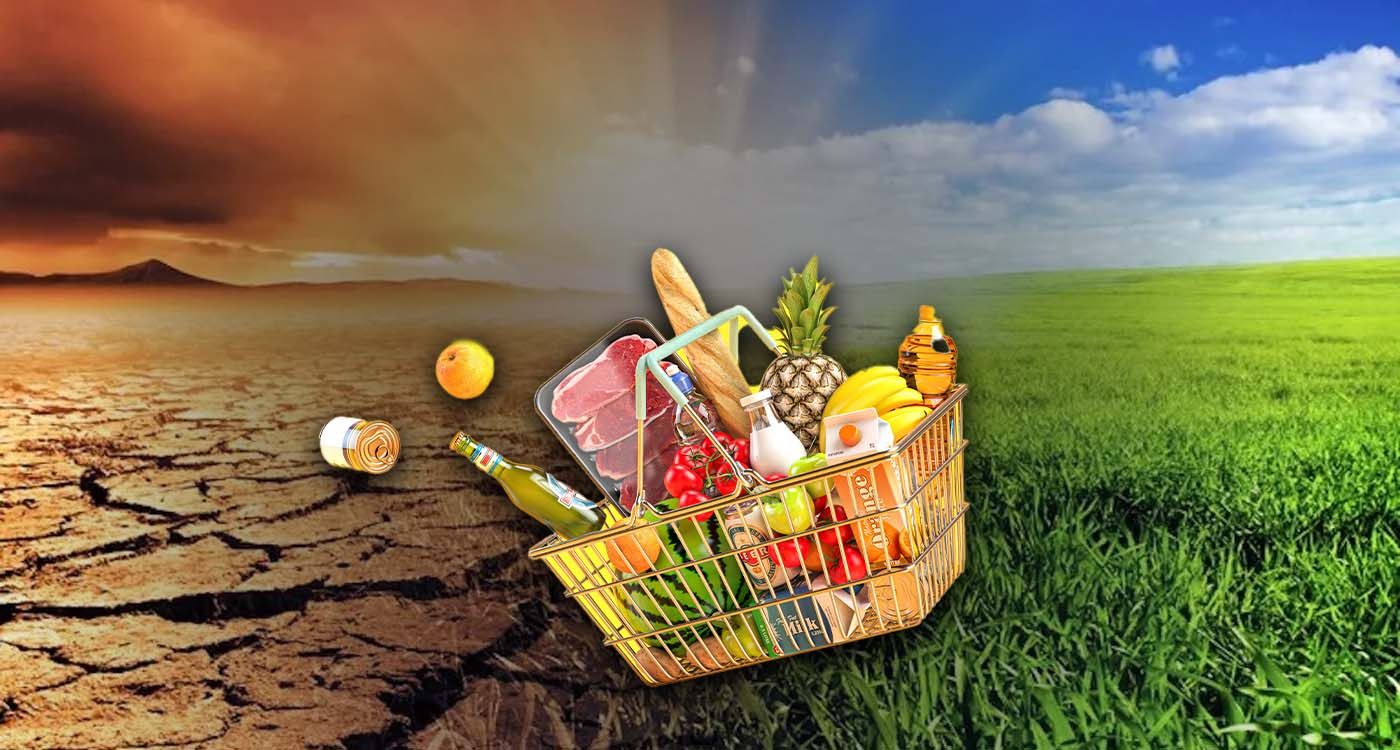
Coffee is getting more expensive, chocolate is becoming a treat for special occasions and fruit prices are soaring. It’s not just inflation or global conflicts. More than anything, shifting climate patterns are disrupting food markets. A study published in Environmental Research Letters examined 16 real-world cases between 2022 and 2024. The conclusion is clear: climate change is driving prices up across the board.
There was a time when fuel prices were the main concern. Today, it’s the cost of food that’s raising eyebrows. What ends up on our plates is no longer determined solely by supply, demand or inflation. Temperature has become a key factor. Behind the sharp rise in food prices, a quieter but increasingly decisive force has emerged: climate change.
Take chocolate, a small universal joy that has become an unexpected climate barometer. In April 2024, global cocoa prices surged by nearly 300% in a single year, reaching record highs on the New York futures market, according to Bloomberg. The cause: heatwaves and heavy rainfall in Côte d’Ivoire and Ghana, which together account for nearly two-thirds of the world’s cocoa production.
In the UK, unusually heavy winter rains led to a sharp drop in potato yields and a 22% price increase, according to The Guardian. The result: French fries with a bitter aftertaste, both literally and figuratively.
In Pakistan, summer floods in 2023 slashed wheat, rice and vegetable harvests, pushing food prices up by 50%, according to FAO data. In India, 2024 heatwaves sent the price of onions, a household staple, soaring to record levels, Reuters reports. A similar trend is playing out in South Korea, where cabbage—the key ingredient in kimchi—has become scarce, and in Japan, where recurring heatwaves are taking a toll on rice production (Japan Times).
The health of the most vulnerable is at risk, as the effects ripple outward. The European Central Bank (ECB) warns that a single extreme weather event can push food prices higher for more than a year. Low-income households are the first to feel the strain, often forced to cut back on fruits and vegetables, rely more on cheap starches and face increasing risks of nutritional deficiencies.
Lebanon is not immune. In 2024 and 2025, repeated heatwaves and droughts sharply reduced agricultural output, especially in the Beqaa Valley and the South, according to a mid-2025 Ministry of Agriculture report. Tomato prices have doubled per kilo, and local onions often cost more than imported ones despite rising transport and fuel expenses.
Supermarket prices now rival those of Dubai, while wages remain stagnant. Coupled with water shortages, near-total lack of public support and chronic import dependence, climate change has become a severe economic burden for a country unable to feed itself.
Inadequate Adaptation Efforts
In response to this crisis, governments often resort to emergency measures such as price controls, temporary subsidies or targeted aid.
But long-term solutions require a complete overhaul of the agricultural system: crop diversification, sustainable irrigation, shorter supply chains and support for small-scale farms.
While some projects are underway, progress remains slow. If nothing changes, the food on tomorrow’s plate will be more expensive, less nutritious and less varied—fewer fruits, fewer vegetables, more low-quality starches—and social tensions will ultimately rise.
However, all is not lost. Agriculture can adapt, governments can act and citizens can push for change. It remains possible to ensure access to quality food, even as temperatures rise to 40 °C.





Comments